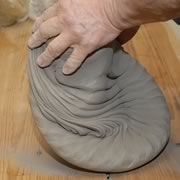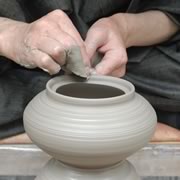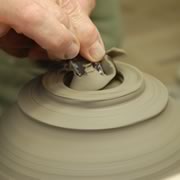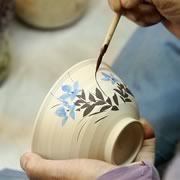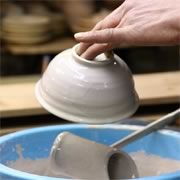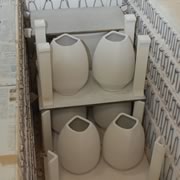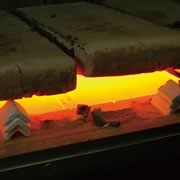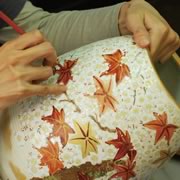UNRAKU-gama is a house of pottery located in Kiyomizu-yaki Danchi in Kyoto's Yamashina area, a region known for its Kiyomizu-yaki and Kyo-yaki ceramics.
Just as extraordinary earthenware’s color deepens over time, some kilns mature over time. UNRAKU-gama is the epitome of such maturation. UNRAKU-gama produces ceramics unlike any other, which are acknowledged and beloved around the world.
Since its founding UNRAKU-gama has spared no effort in producing high quality earthenware. Through painstaking care all the way from clay selection through to glazing, UNRAKU-gama provides amazing pottery for all situations. Pottery that is strong, and can withstand detergents. While UNRAKU-gama will continue to hold to tradition in the future, they also seek the best ways of producing excellent pottery.

